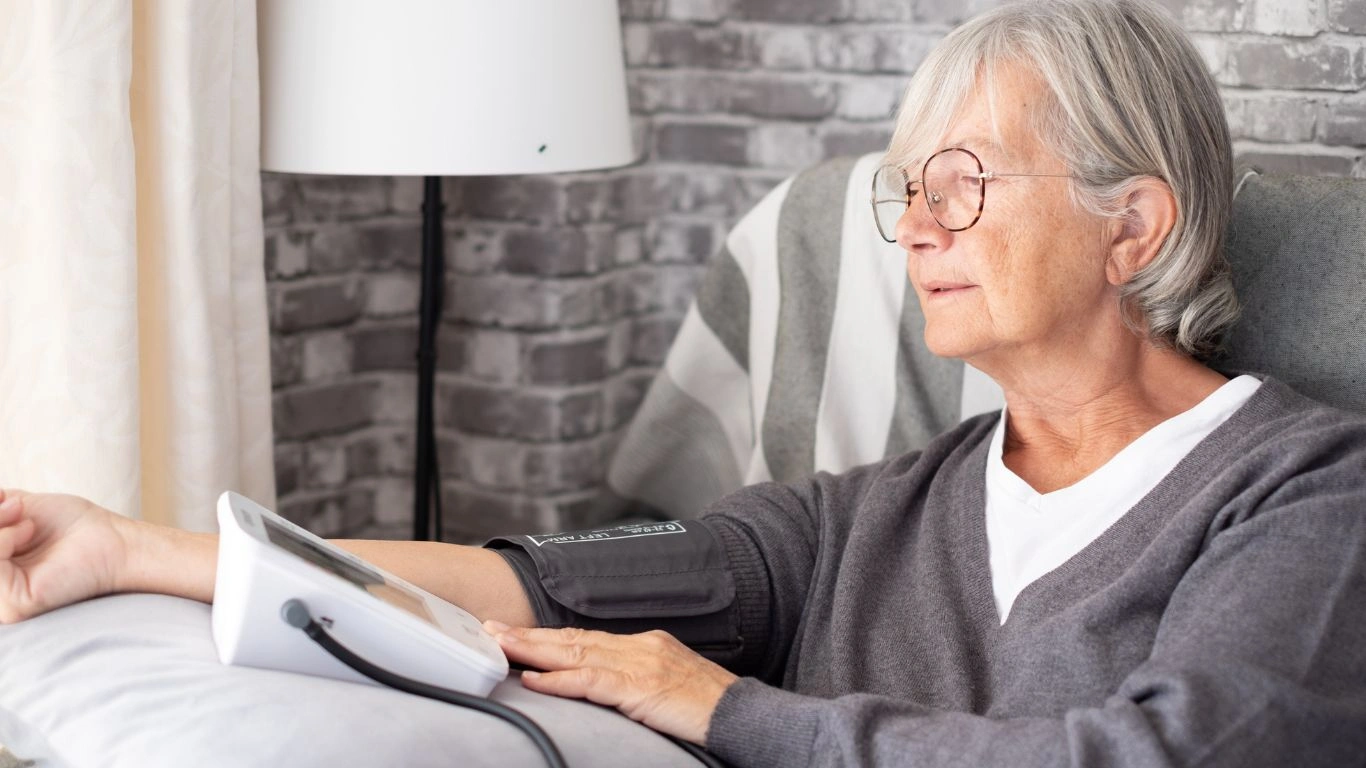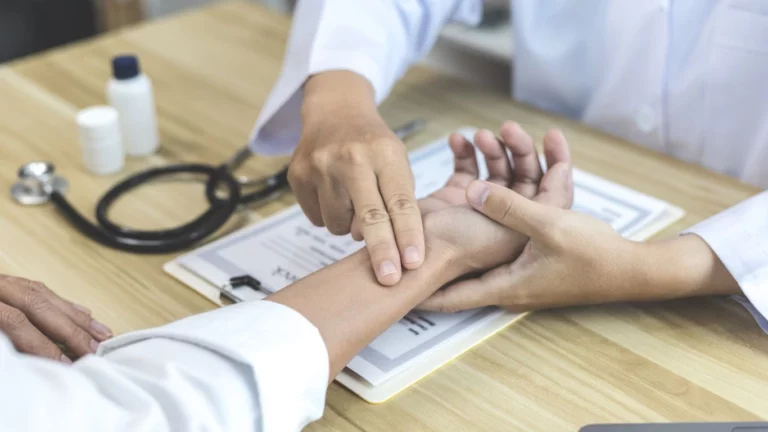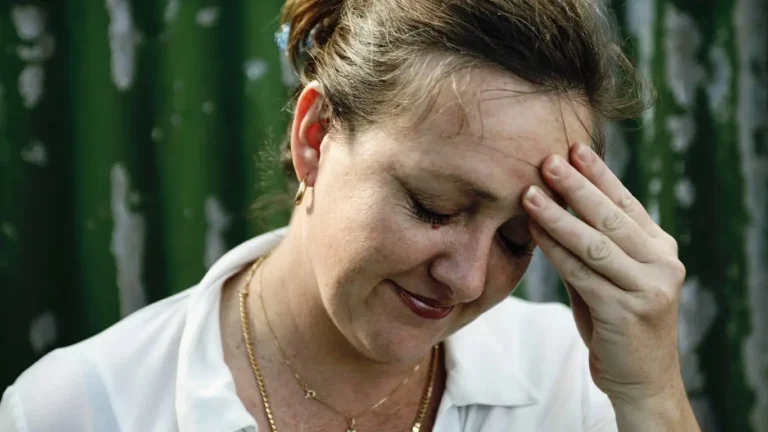How Bananas Help Manage Hypertension Naturally and Effectively
Let’s talk about something refreshingly simple—bananas. Yep, the humble banana. As an Internal Medicine physician who’s helped hundreds of patients manage their high blood pressure, I can’t tell you how often small dietary shifts, like including more potassium-rich foods, make a massive difference. If you’ve ever wondered how bananas help manage hypertension, stick around—we’re diving deep into the science, practical tips, and even some personal observations from years of patient care.
Bananas and Blood Pressure: More Than Just a Snack
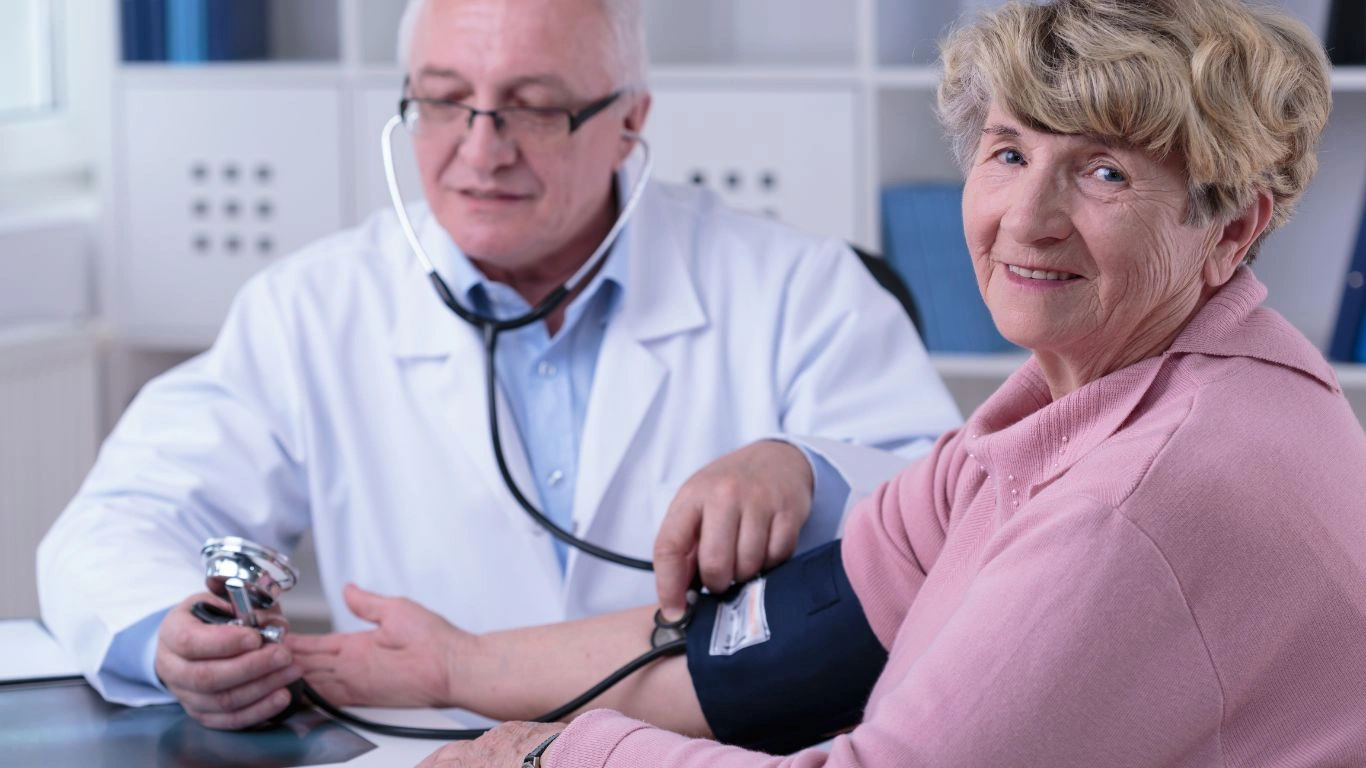
First off, bananas are more than a grab-and-go breakfast. They’re basically little potassium powerhouses wrapped in a biodegradable package. What makes them especially interesting for managing hypertension is how that potassium content interacts with sodium in the body. A lot of folks don’t realize it, but sodium and potassium are like the yin and yang of blood pressure balance. One goes up? The other can bring it down—if you’ve got enough of it.
From the clinic perspective, I’ve seen patients with stubborn blood pressure readings start to stabilize just by tweaking their diet. One guy, mid-50s, borderline hypertensive despite meds, added two bananas a day. Three months later, boom—his systolic dropped by 8 points. Of course, it’s not magic. But it’s food as medicine, and bananas do pack a punch.
The Potassium Factor: Nature’s Blood Pressure Buffer
Here’s where things get interesting. One medium banana has about 422 milligrams of potassium. For context, the American Heart Association recommends adults get around 4,700 mg per day. That’s about 10 bananas worth—though I wouldn’t recommend going full monkey mode. The goal is balance, not overload.
- Potassium helps relax blood vessel walls, making it easier for your heart to pump blood.
- It offsets sodium’s effects, which is huge, because high sodium levels can lead to fluid retention and tighter vessels.
- It supports kidney function, helping your body excrete extra sodium through urine.
When I explain this to patients, I use a seesaw metaphor: sodium on one side, potassium on the other. If sodium’s winning, your blood pressure often rises. But load up the potassium side, and the seesaw evens out. Bananas are one of the easiest ways to get there—no cooking, no prep, just peel and eat.
How Bananas Help Manage Hypertension in Real Life
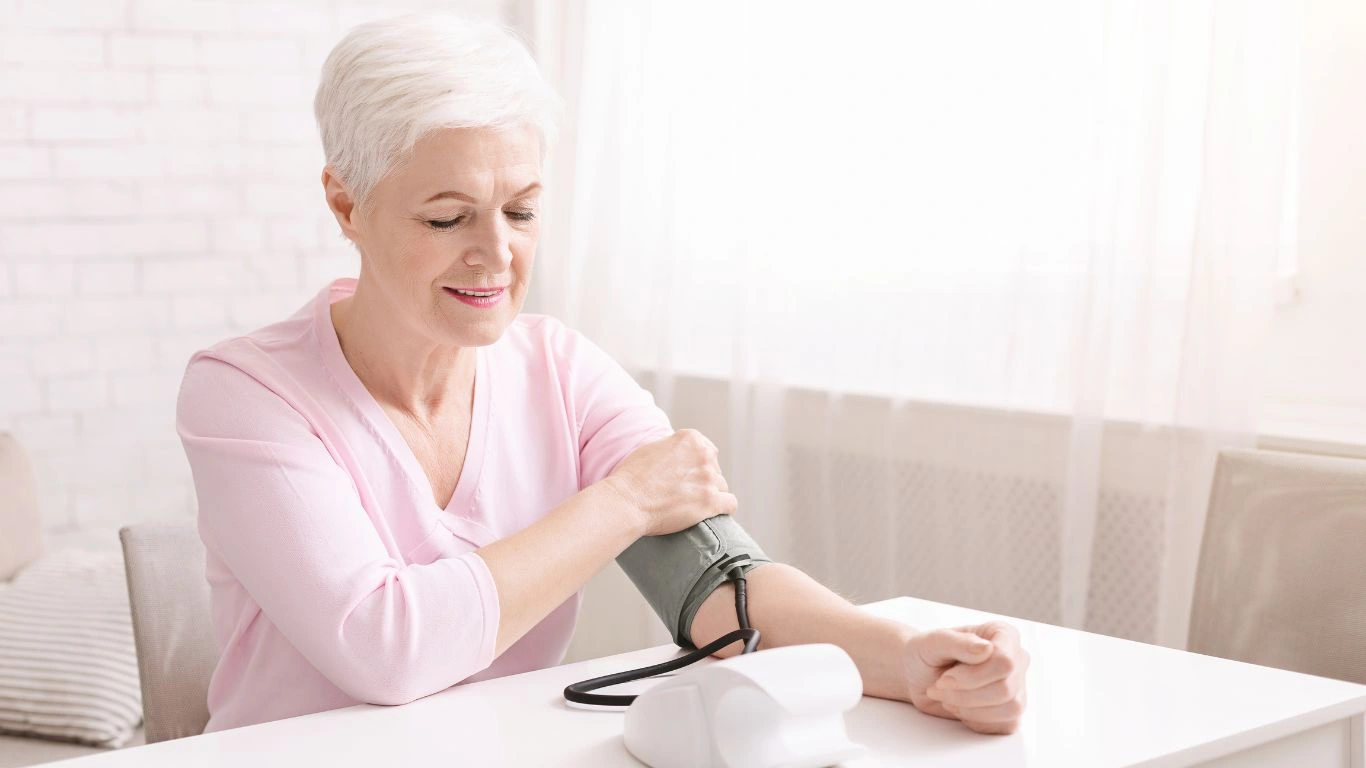
One of my patients once told me, “I didn’t know fruit could be prescribed.” We both laughed, but there’s truth in that. Diet is a pillar of managing high blood pressure, and yet it’s often overshadowed by meds. Don’t get me wrong—medication saves lives. But you can’t out-medicate a poor lifestyle.
Bananas work because they’re an easy add-in, especially for folks who aren’t quite ready for kale smoothies and lentil bowls. They’re accessible, affordable, and—unlike some health foods—not pretentious. I usually recommend them as part of the DASH diet (Dietary Approaches to Stop Hypertension), which emphasizes whole foods rich in potassium, magnesium, and fiber.
- Have a banana as your mid-morning snack.
- Slice one into your oatmeal (bonus points if you use unsweetened almond milk and chia seeds!).
- Freeze and blend with Greek yogurt for a healthy dessert—zero guilt involved.
Here’s the kicker though: consistency is key. It’s not about having one banana and expecting a miracle. It’s about making it part of your routine. Just like brushing your teeth—you don’t skip days and expect a clean bill from the dentist.
Can Bananas Replace Blood Pressure Meds?
Let’s set the record straight. As a physician, I’d never suggest tossing your meds based on a fruit. I’ve had patients ask me that exact question: “If I eat healthy, can I stop my lisinopril?” The answer depends on the individual, their baseline numbers, lifestyle, and genetics. For some, dietary changes—including bananas—can reduce the need for medication or lower the dose. For others, meds remain essential.
That said, I’ve seen plenty of cases where incorporating potassium-rich foods led to real results. We’re talking measurable drops in systolic and diastolic pressure, better cholesterol panels, and improved energy. And all from something as simple as a banana.
Why Bananas Outshine Potassium Supplements
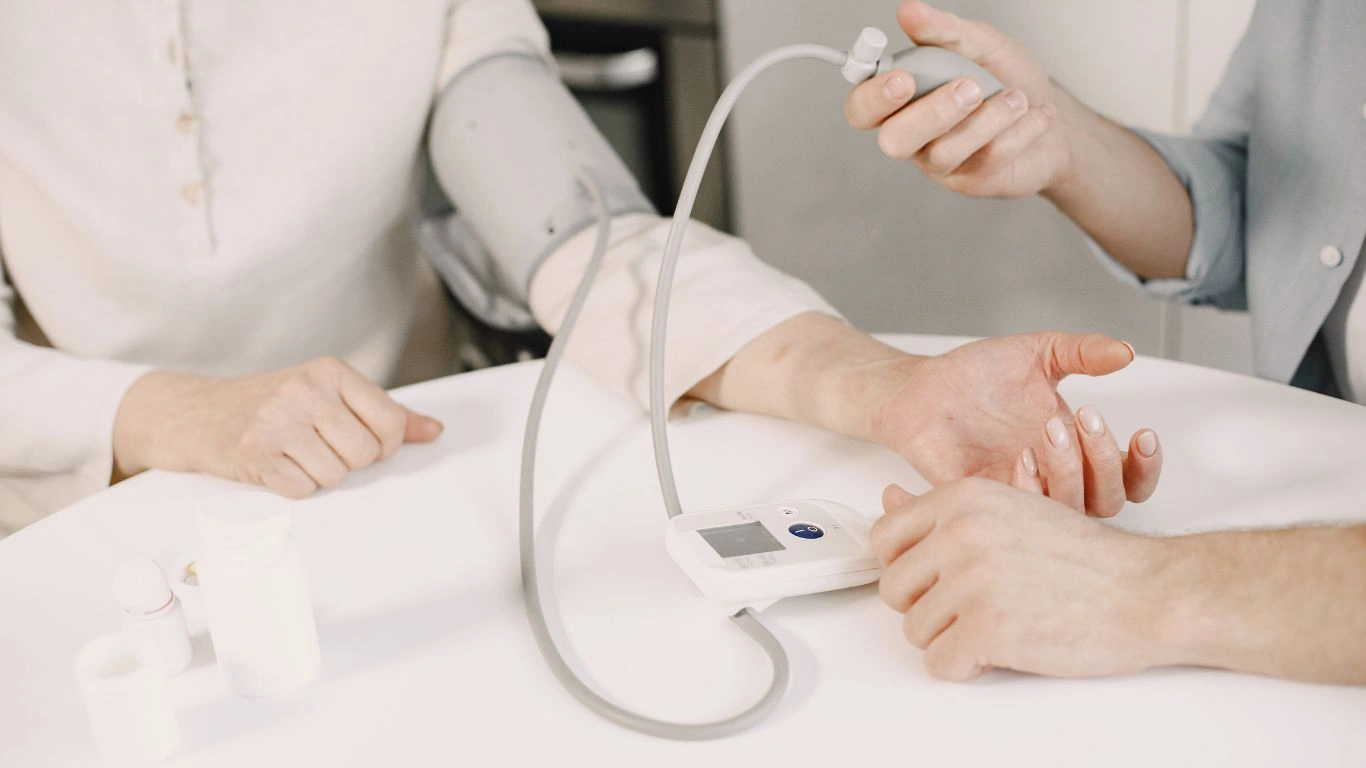
Now, some folks say, “Why not just take a potassium supplement?” Here’s the deal: supplements aren’t absorbed or regulated by the body in the same way as food. Plus, too much potassium—especially in people with kidney disease—can be dangerous. That’s why I always suggest food first, supplements second.
Bananas offer a gentle, natural way to boost potassium without the risks of overdoing it. Not to mention, they come with fiber, vitamin C, and even a bit of magnesium—things you won’t find in a pill. In fact, one of my patients who was trying supplements had recurring stomach upset. Switched to bananas and sweet potatoes, and those issues vanished.
Food synergy is real. It’s the idea that nutrients work better together in whole foods than in isolation. When you eat a banana, you’re not just getting potassium—you’re getting a package designed by nature for optimal absorption and benefit.
Bananas vs. Other Potassium-Rich Foods: How Do They Stack Up?
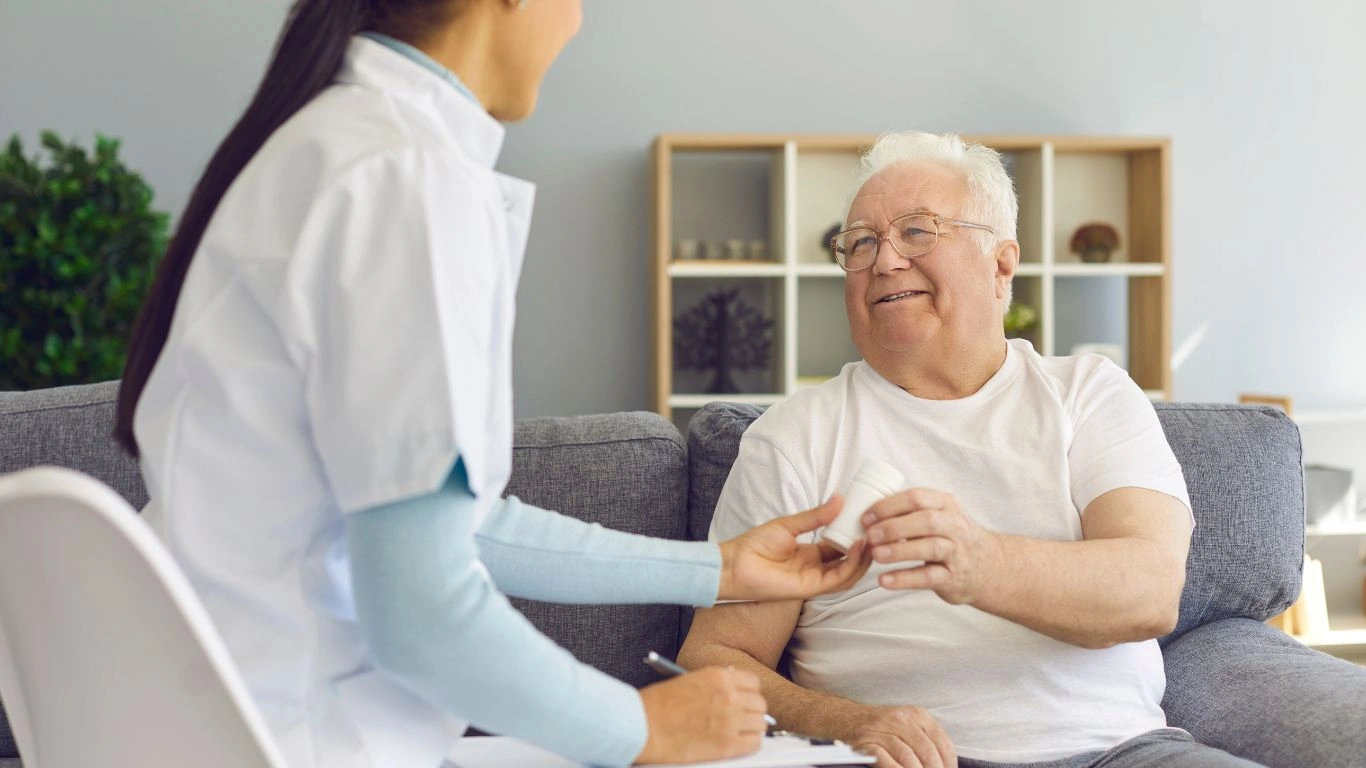
You might be wondering, “Okay, bananas are great—but what about other potassium-rich foods?” It’s a fair question, and as someone who’s guided countless patients through diet changes, I always encourage variety. Potassium is plentiful in lots of whole foods, but here’s the thing: bananas win on convenience and consistency.
Let’s take a look at some common high-potassium options:
- Sweet potatoes – Around 541 mg per medium potato, plus fiber and beta-carotene.
- Spinach – Cooked spinach clocks in at about 839 mg per cup, but let’s be real—not everyone’s throwing back that much daily.
- Avocados – Delicious and trendy, with 708 mg per fruit, but also higher in fat and pricier.
- Beans and lentils – Great potassium, but not as easy to grab and eat between patients or while juggling busy schedules.
What sets bananas apart is that they’re often the first step into healthier eating for people who feel overwhelmed. I had one patient—a single dad with three kids—tell me, “I don’t have time to prep vegetables, but I can toss bananas in my bag on the way to work.” That’s a win in my book. Small changes, big results.
The Role of Bananas in the DASH Diet
The DASH diet (Dietary Approaches to Stop Hypertension) has been a cornerstone of my hypertension management approach for years. And guess what fruit makes frequent appearances on that meal plan? Yep—bananas. The reason’s simple: DASH emphasizes natural sources of potassium, magnesium, and calcium, while keeping sodium low.
Bananas tick all the boxes:
- High potassium content.
- No added sodium or processed ingredients.
- Pairs well with other DASH-friendly foods—think oatmeal, yogurt, nuts.
I often give patients a one-page handout with DASH snack ideas. One of the top combos? A banana with a tablespoon of natural peanut butter. It’s satisfying, portable, and doesn’t spike blood sugar the way processed snacks do. And no, you don’t need fancy organic brands—the regular grocery store stuff works just fine.
Timing Matters: When to Eat Bananas for Blood Pressure Support
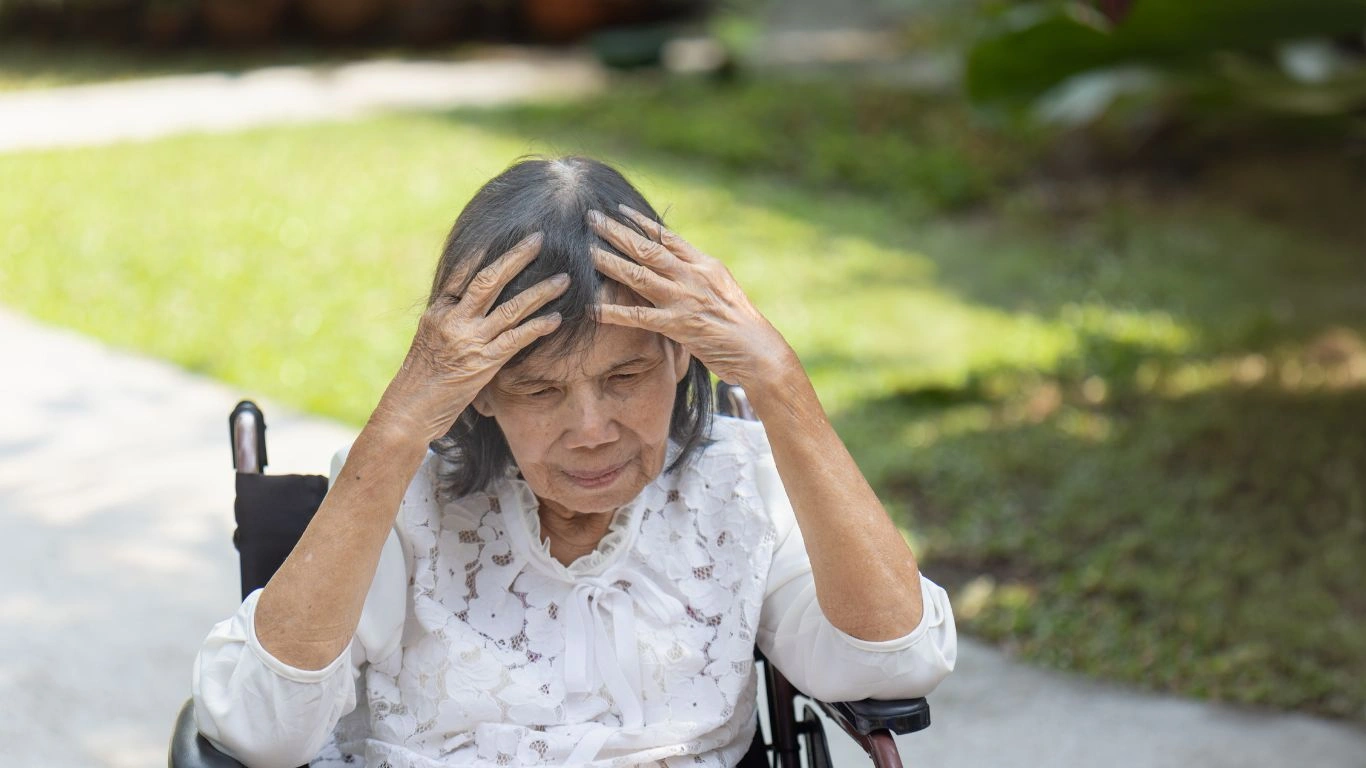
Here’s something that doesn’t get talked about enough—timing. While there’s no “wrong” time to eat a banana, certain habits can amplify their blood pressure-lowering benefits. I usually recommend including bananas in the morning or post-exercise.
Why? Because in the morning, your cortisol and blood pressure levels are naturally higher—your body’s way of preparing for the day. A potassium-rich breakfast can help smooth that spike. And post-exercise? That’s when your muscles are primed to absorb nutrients, and the potassium can aid in recovery and electrolyte balance.
I’ve even had patients add banana slices to post-workout smoothies with spinach and almond milk. It’s tasty, filling, and supports both muscle and cardiovascular recovery. If mornings are rushed, even just grabbing one on the way out the door can set a positive tone.
What About Blood Sugar Concerns?
Let’s address the elephant in the room: bananas and blood sugar. Some patients get nervous because bananas are “sweet.” Totally understandable. But here’s what I explain: bananas have a low to medium glycemic index, depending on ripeness. Pairing them with protein or healthy fat can blunt any sugar spike.
From my experience, even patients with prediabetes or Type 2 diabetes can include bananas in moderation. One woman in her late 60s told me she hadn’t touched a banana in years because of her A1C levels. We reintroduced them with a bit of almond butter, and not only did her glucose readings stay stable—her blood pressure improved, and she had more energy.
It’s all about context. You wouldn’t eat five bananas at once (I hope), just like you wouldn’t drink five cups of juice. When used intentionally, bananas are a smart, safe, and effective part of a hypertension-friendly plan.
The Emotional Side of Lifestyle Change
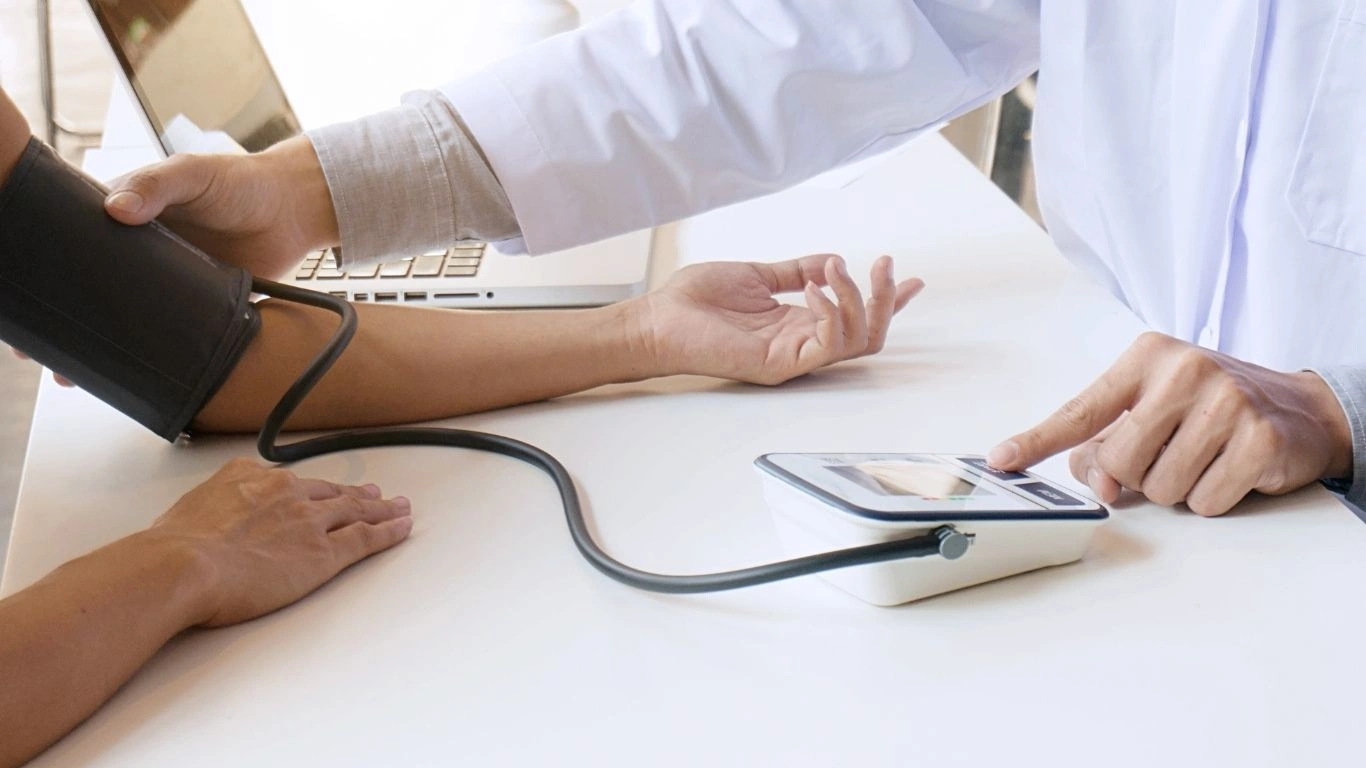
Here’s something we don’t talk about enough in medicine: emotions. Changing your diet isn’t just about knowledge—it’s about mindset. I’ve seen the emotional rollercoaster firsthand. Patients get frustrated, overwhelmed, or even embarrassed. “I should’ve done this years ago,” they’ll say. But it’s never too late.
That’s why I like recommending approachable, doable changes—like bananas. They represent progress without pressure. You don’t need to overhaul your whole life in a week. Just start with something easy. Keep a few on your counter. Make them a routine part of your breakfast or snack game. And celebrate that step.
One patient—a former truck driver—started with bananas. Then added walking. Then switched to low-sodium soups. Over the course of a year, he dropped 18 pounds and cut his blood pressure meds in half. It started with one habit.
Final Word on Potassium from a Physician’s Perspective
From a clinical standpoint, potassium is one of the most underutilized tools in the fight against high blood pressure. And bananas are one of the easiest, most sustainable sources of it. They’re not a cure-all, but in the toolbox of hypertension management, they’re a heavy hitter.
I always encourage people to check with their healthcare provider, especially if they’re on ACE inhibitors, ARBs, or have kidney issues. But for the average person with elevated blood pressure and no contraindications, bananas are a low-risk, high-reward addition.
Next time you’re at the store, toss a few in your cart. They just might be the simplest prescription you’ll ever follow.
Integrating Bananas into a Heart-Healthy Lifestyle
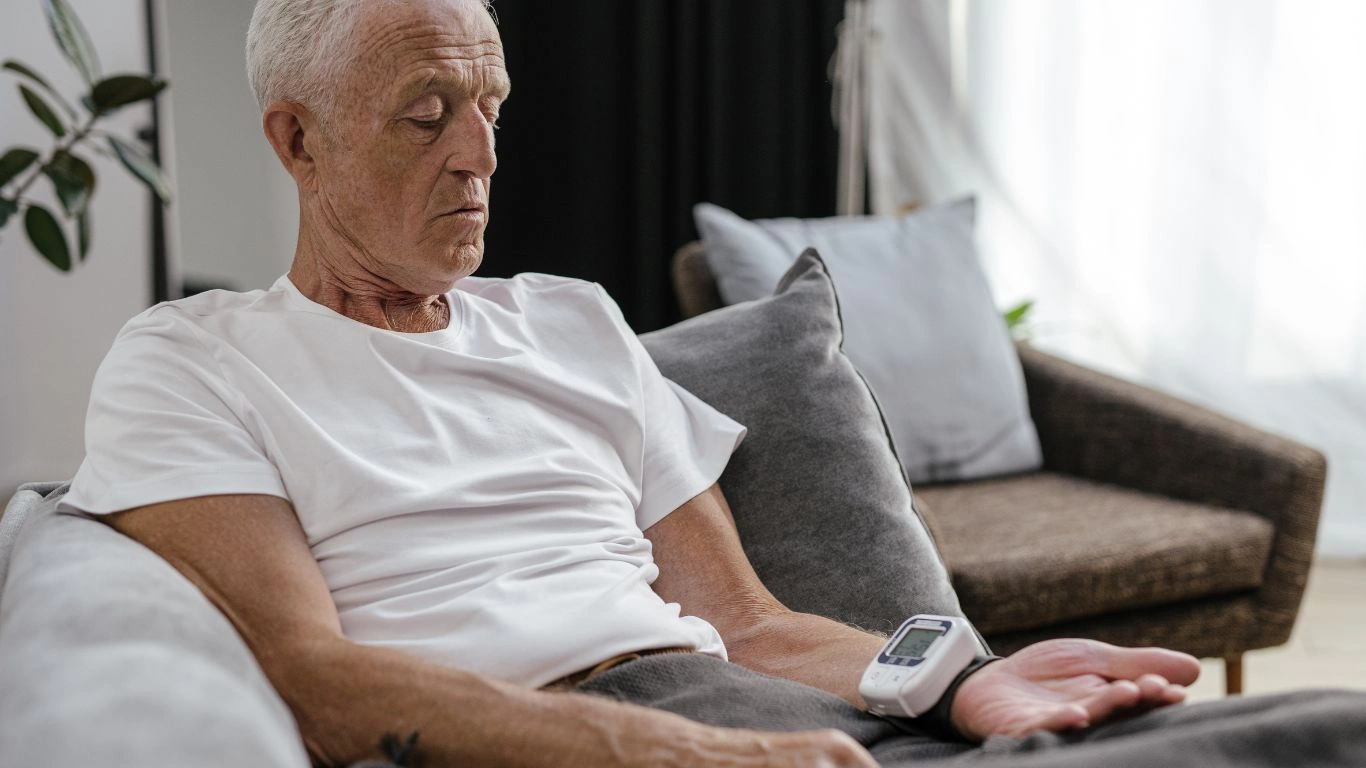
If you’ve made it this far, you’re probably realizing that bananas aren’t just about potassium—they’re a stepping stone toward a broader, heart-smart lifestyle. One of the most common questions I get from patients is, “Where do I start?” I always say: Start small, but start smart.
In my years as a physician, I’ve learned that sustainable habits—not dramatic overhauls—drive real blood pressure improvement. And adding a banana or two daily? That’s one of the lowest-effort, highest-return habits you can adopt. It fits into practically any routine, whether you’re a shift worker grabbing breakfast at 5 AM or a retiree easing into a slower morning.
Make It Stick: Simple Banana-Based Habits
Over the years, I’ve seen what works—and what fizzles out. Here are a few simple strategies I’ve recommended to patients that actually stick:
- Banana bowl breakfast: Mix half a banana with oatmeal, flaxseed, and a handful of berries. You’ve got potassium, fiber, and antioxidants in one bowl.
- Portable potassium: Keep bananas in the car or your work bag. It’s a much better snack choice than a vending machine mystery bar.
- Banana bedtime ritual: For patients with nighttime hypertension, a small banana with a spoonful of almond butter an hour before bed can support stable blood pressure during sleep.
One woman in her 70s actually started calling her nightly snack “my edible blood pressure cuff.” I loved that. It became a mindful practice for her—one that replaced late-night cookies and led to a 12-point drop in systolic pressure over a few months.
Who Should Be Cautious with Bananas?

Now, as much as I love bananas, they’re not a perfect fit for everyone. That’s where personalized care comes in. As a physician, I always tailor recommendations based on the whole picture.
Here are some cases where moderation or medical consultation is essential:
- Chronic kidney disease (CKD): The kidneys regulate potassium. If they’re not working well, excess potassium can build up and cause heart rhythm issues.
- People on potassium-sparing diuretics or ACE inhibitors: These meds already increase potassium levels, so adding too many bananas can push things too far.
- Uncontrolled diabetes: While bananas are not high glycemic, they should be part of a balanced carb intake.
So, yes—bananas are incredibly helpful for managing hypertension, but context matters. I always recommend patients check their labs and consult their provider before making big changes if they’re managing complex conditions.
Bananas, Exercise, and Blood Pressure Synergy
One underrated area we don’t talk about enough is the synergy between food and movement. Adding bananas to a routine that includes regular physical activity, even walking, can magnify the benefits.
Here’s why: when you move your body, your blood vessels become more elastic, your heart gets stronger, and your cells use potassium more efficiently. Combine that with eating potassium-rich foods like bananas and you’re supporting your cardiovascular system from multiple angles.
I had a patient in her early 60s who started walking 30 minutes every day and switched out her afternoon chips for a banana and some unsalted nuts. She didn’t feel like she was “on a diet.” Six months later, her BP had dropped 10 points, and she felt proud instead of deprived.
Takeaways from the Clinic: What I Tell My Patients
So, what do I actually say when a patient with hypertension asks me about bananas? It goes something like this:
- “Yes, they help.” Bananas can lower blood pressure, especially when eaten consistently as part of a heart-friendly diet.
- “Start small.” Add one to your routine. See how it fits. Build from there.
- “It’s not a cure, but it’s a tool.” Medications may still be necessary, but bananas support the broader strategy.
And most importantly? I tell them to give themselves grace. Progress isn’t about perfection. It’s about direction. If you’re moving toward better choices—even one banana at a time—you’re on the right path.
Helpful Resources & References
- National Institutes of Health (NIH)
- Health.com
- American Heart Association
- Centers for Disease Control and Prevention (CDC)
For those who want to dig deeper, these sites offer up-to-date, evidence-based info on hypertension, nutrition, and lifestyle approaches that work alongside medical treatment.
Disclaimer
This article is for informational purposes only and reflects my personal and professional experience as an Internal Medicine physician. It is not intended as a substitute for professional medical advice, diagnosis, or treatment. Always consult your healthcare provider before making dietary changes or adjusting medications, especially if you have chronic conditions or are on prescribed treatments.
Remember, managing hypertension isn’t about doing everything perfectly—it’s about building sustainable, meaningful habits. And if one of those habits happens to be enjoying a banana? That’s a pretty sweet deal.

Dr. Gwenna Aazee is a board-certified Internal Medicine Physician with a special focus on hypertension management, chronic disease prevention, and patient education. With years of experience in both clinical practice and medical writing, she’s passionate about turning evidence-based medicine into accessible, actionable advice. Through her work at Healthusias.com, Dr. Aazee empowers readers to take charge of their health with confidence and clarity. Off the clock, she enjoys deep dives into nutrition research, long walks with her rescue pup, and simplifying medical jargon one article at a time.
